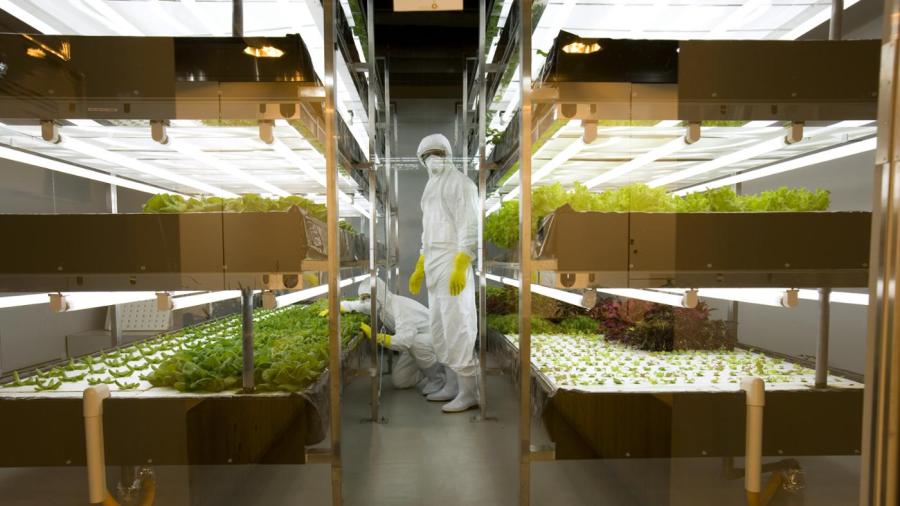What Is Genetic Manipulation?

Genetic manipulation, also called genetic engineering, refers to the alteration of the genes of an organism. It involves manually adding new DNA to an organism to add new traits. Examples of genetically engineered organisms include plants that are resistant to certain insects, plants that tolerate herbicides and crops with altered oil content.
Genetic engineering is performed by physically moving a gene from a donor organism into a recipient organism. It gives the organism the ability to express the trait encoded by the donated gene. Genetic manipulation involves finding an organism that naturally possesses a desired trait. The DNA is taken from the selected organism, and the desired gene is copied from the extracted genes. This is called gene cloning. It is possible to modify the gene a little in a more preferable way once it is placed inside the recipient. The next process is transformation, which involves delivering the transgene (the new gene) into the cells of the recipient organism.
A commonly used transformation technique utilizes bacteria that genetically engineer plants with DNA in a natural way. After the transgene gets inserted into the bacteria, it is delivered into the recipient’s cells. Genetic engineers do not have the capability to determine where the transgene becomes inserted in the genome, if inserted at all. Therefore, it usually takes numerous attempts to attain a few transgenic organisms. After creating a transgenic organism, genetic engineers use traditional breeding to improve the final product’s characteristics.





